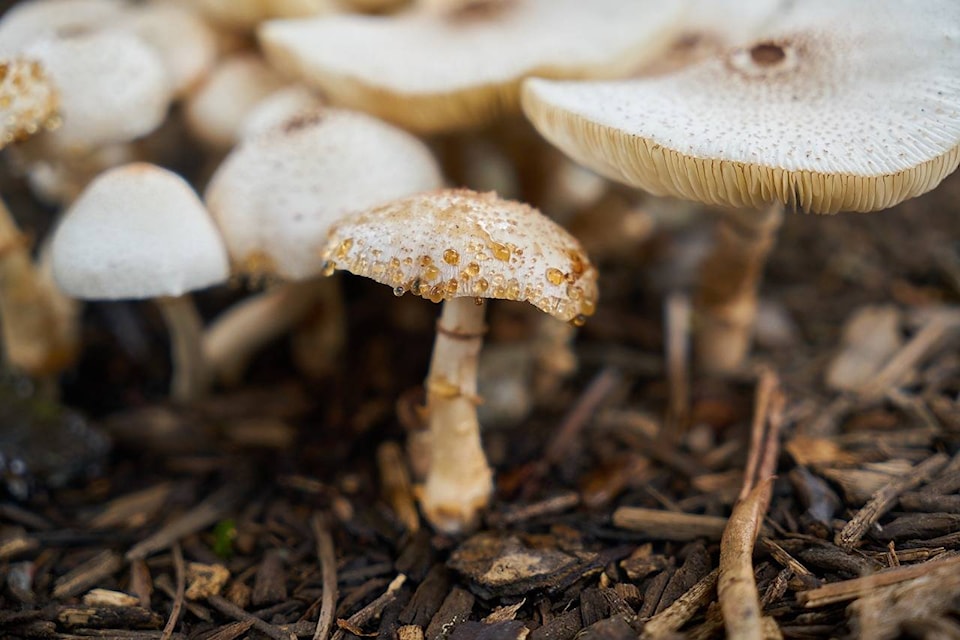Future homes for humans in space might be made of mushrooms.
While films and novels imagine the future of humankind to be filled with machines, NASA is taking on a greener approach to things.
The agency is exploring technology that could grow structures, and even homes, out of fungi.
The myco-architecture project, coming from NASA’s Ames Research Centre in California’s Silicon Valley, is making prototypes of technology that would be capable of growing habitats on the moon and Mars.
“Right now, traditional habitat designs for Mars are like a turtle – carrying our homes with us on our backs – a reliable plan, but with huge energy costs,” said Lynn Rothschild in a NASA news release. Rothschild is the principal investigator on the project. “Instead, we can harness mycelia to grow these habitats ourselves when we get there.”
READ ALSO: Participants from UVic head out for NASA-sponsored Mars simulation
Mycelia is what makes up the main part of the fungus and according to NASA, can make new structures with the right conditions.
So what would these homes look like? The project imagines human explorers carrying a compact habitat built out of a lightweight material with dormant fungi that would last on a long journey to places like Mars. By unfolding the structure and adding water, the fungi would be able to grow around the structure’s framework into a human habitat, all without contaminating the Martian environment.
NASA’s myco-architecture project won’t just design a shell, it will design a home that has its own ecosystem. The human habitat would have three layers. The outermost layer is made up of ice to serve as protection from radiation. The second layer would take water from the ice and photosynthesize, using outside light that shines through the outer layer to produce oxygen for humans and nutrients for the third layer of the home. The third layer would actually grow into a sturdy home, baked to kill the lifeforms, avoid contamination on Mars and provide structural integrity.
READ ALSO: How much do you know about the moon?
According to NASA, this technology has the potential to come back to Earth as well in order to design green and sustainable living solutions on this planet.
“When we design for space, we’re free to experiment with new ideas and materials with much more freedom than we would on Earth,” Rothschild said. “And after these prototypes are designed for other worlds, we can bring them back to ours.”
